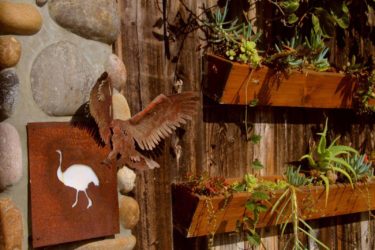
Mission Cliffs Garden
In 1890, the city built a trolley railway going through University Heights. Once the railway was up and running, John D. Spreckles anticipated ways to encourage people to use it. One of his incentives was to build a 5 acre botanical garden, free to all ticket-holding passengers. The garden was built on the far west end of Adams ave & Park Blvd. They named it Mission Cliffs Garden.
Mission Cliff Park was a peaceful day trip for locals and tourists. The main feature of the park was a grand pavilion overlooking Mission Valley, designed by prominent local architect William S. Hebbard. The pavilion was used for band concerts and as a site for picnickers. Views could be seen of the valley and farms below all the way to the ocean. Rare, exotic flowers from all over the world grew here which was quite a spectacular sight to see in its day. There were special events being held constantly and was known as “the place to go on Sunday afternoons”.
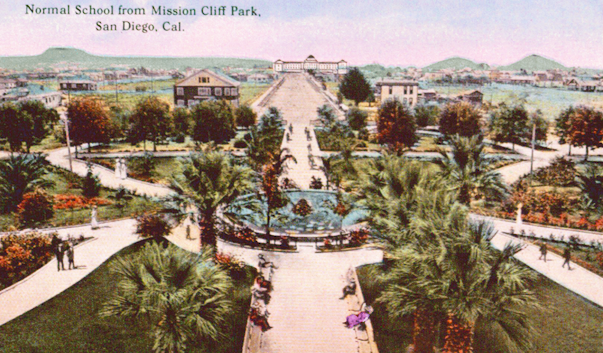
A beer garden was opened once they received a liquor license in 1897 and on the eastern edge of the park, a small observatory was built. It housed a camera obscura, allowing visitors to view distant scenes across Mission Valley. The system worked by using a system of telescopic lenses and mirrors to project a moving color image into the darkened room. Visitors were charged 10 cents for the spectacle.
Cobblestone from the ground below was used to build the stone walls, some which still stand today. Pergolas and arbors were built along the rim of the canyon. There were many species of trees and flowers, creating horticultural exhibits throughout the park. There were thousands of varieties growing here.
In 1912, a large wire-mesh aviary was built. Birds of many species were donated, many being donated by razor heir King Gillette. Other animals such as deer, pheasants, and guinea fowl also lived here. There was a lily pond in front of the pavilion stocked with goldfish. The pond’s layout still remains today but filled.

Deer Park, Mission Cliff Gardens San Diego, CA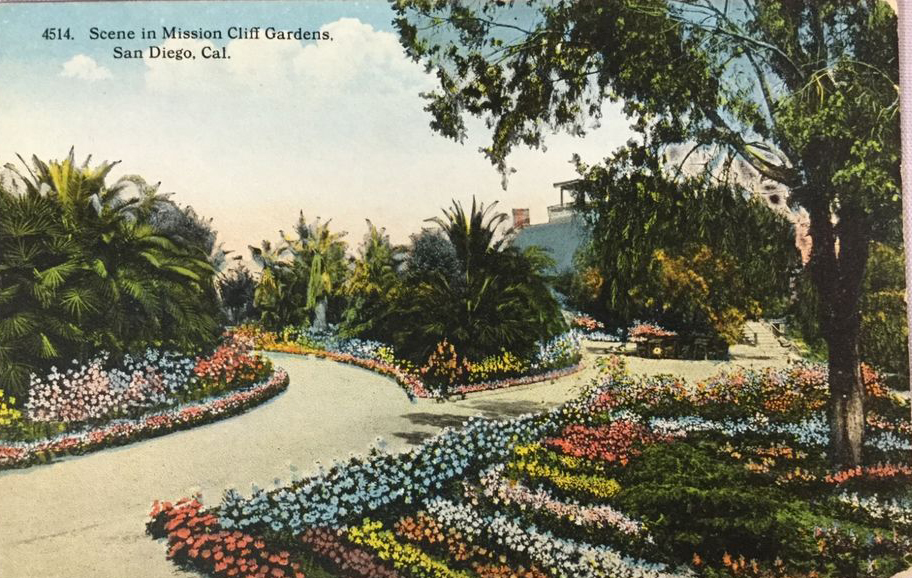
Bentley Ostrich Farm
Due to a high demand for ostrich feathers in the U.S., ostrich farming became popular in the late 19th & early 20th century. Women would use the feathers for muffs, hats boas and fans. Prior to 1883, ostrich feathers were an expensive luxury item that had to be shipped from Africa. Beyond fashion, ostriches were an exotic attraction and helped lure tourists in. 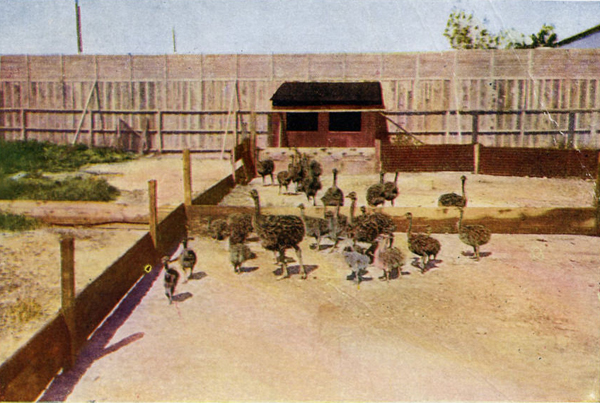
In 1887, the American Ostrich Company opened an ostrich corral on Coronado Island. Tourists came for a chance to feed the birds and watch them race one another. In the early 1900s, Spreckels invited Bentley, the owner of the ostrich farm, to relocate his Coronado farm to Mission Cliff Gardens.
The farm found much success here and is said to have been one of the most valuable farms in the entire country.
A small admission fee was charged with opportunities to pet and even ride the ostriches. Ostrich feathers and eggs were sold in a little store. Blown eggs were decorated for souvenirs.
The ostrich feathers were sold across the U.S. and was advertised as the “Original Ostrich Farm of America”. Unfortunately, as trends go, the ostrich feathers soon became obsolete in fashion and the demand dropped significantly. The ostrich industry reached its peak in 1913 before entering a period of steady decline.
The Decline
Once Balboa Park opened, creating direct competition to the garden, attendance quickly dwindled. Following Spreckels’ death in 1926, the ostrich farm and neighboring Mission Cliff Gardens were too expensive for the San Diego Electric Railway Company to maintain. The ostrich farm
was closed in 1929, and many of the ostriches went to live at the San Diego Zoo.
In 1930, the Mission Cliff Gardens were declared a “Physical Non-Operating Property” The San Diego Electric Railway Company allowed Davidson and his family to continue residing at the pavilion, but to cut down on water costs most of the flowers and small plants were left to die. In 1935, Davidson died of a sudden heart attack while tending to the gardens. The gardens were left to deteriorate.
In 1942, Mission Cliff Gardens were subdivided for Valle Vista Terrace Historic District Context 20 residential housing. The rock wall along Adams Avenue remains today, as well as the lily pond (which has been filled with grass) and the low, rock viewing walls along the rim of the valley.
As seen today
Very little remains of the Mission Cliffs Garden but if you take a walk around Adams Ave. where Park Blvd. meets you can still see what is left of the cobblestone wall.
There are many nods to the ostrich farm specifically which can be seen in signs and statues around the town. Keep your eyes peeled!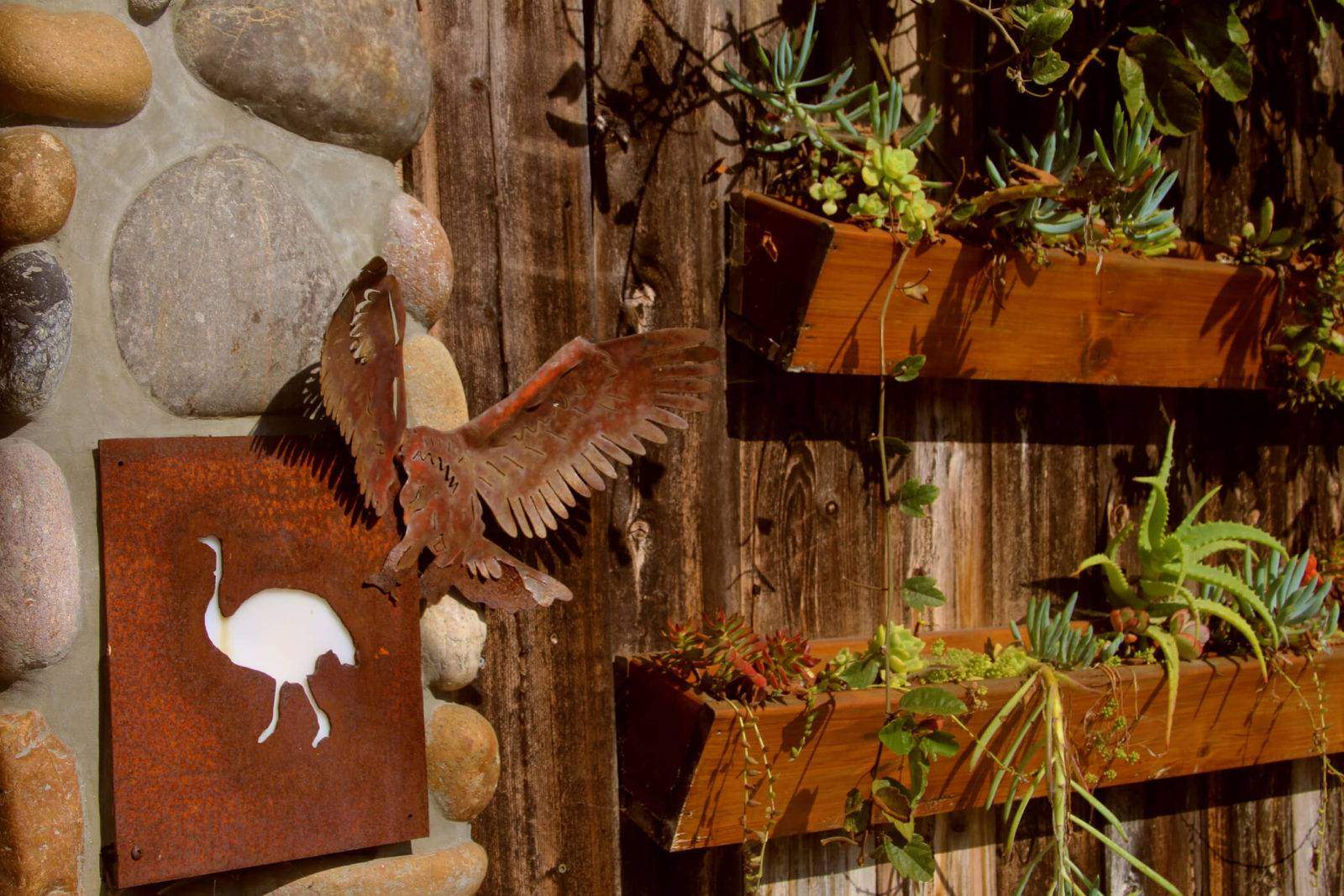
This ostrich statue sits in front of one neighbor’s front yards where the garden once sat. I wonder if it is actually from the ostrich farm? 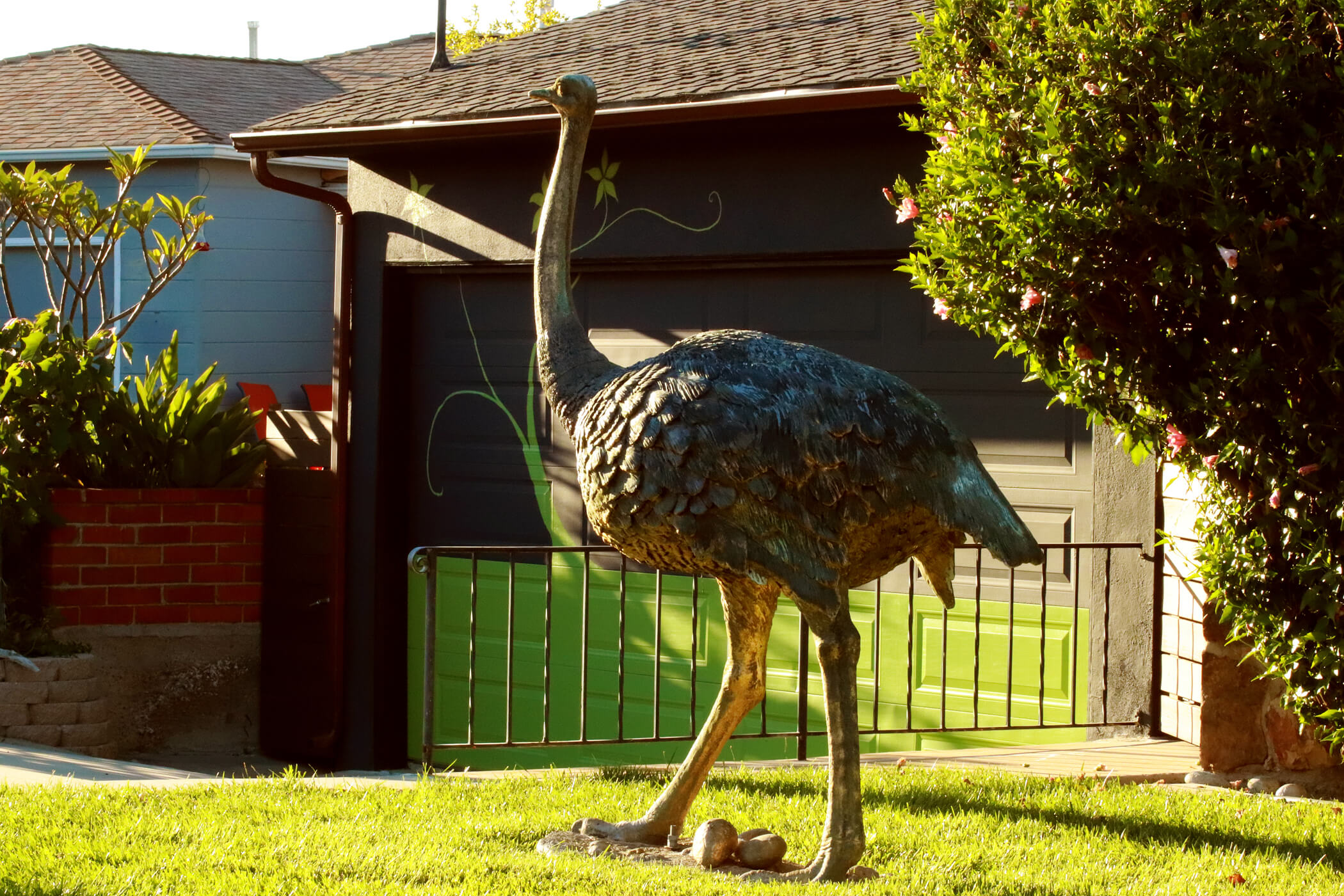
 I had one of my readers, Bjorn Palenius, sent me some vintage shots he colorized. He did such an amazing job!
I had one of my readers, Bjorn Palenius, sent me some vintage shots he colorized. He did such an amazing job!

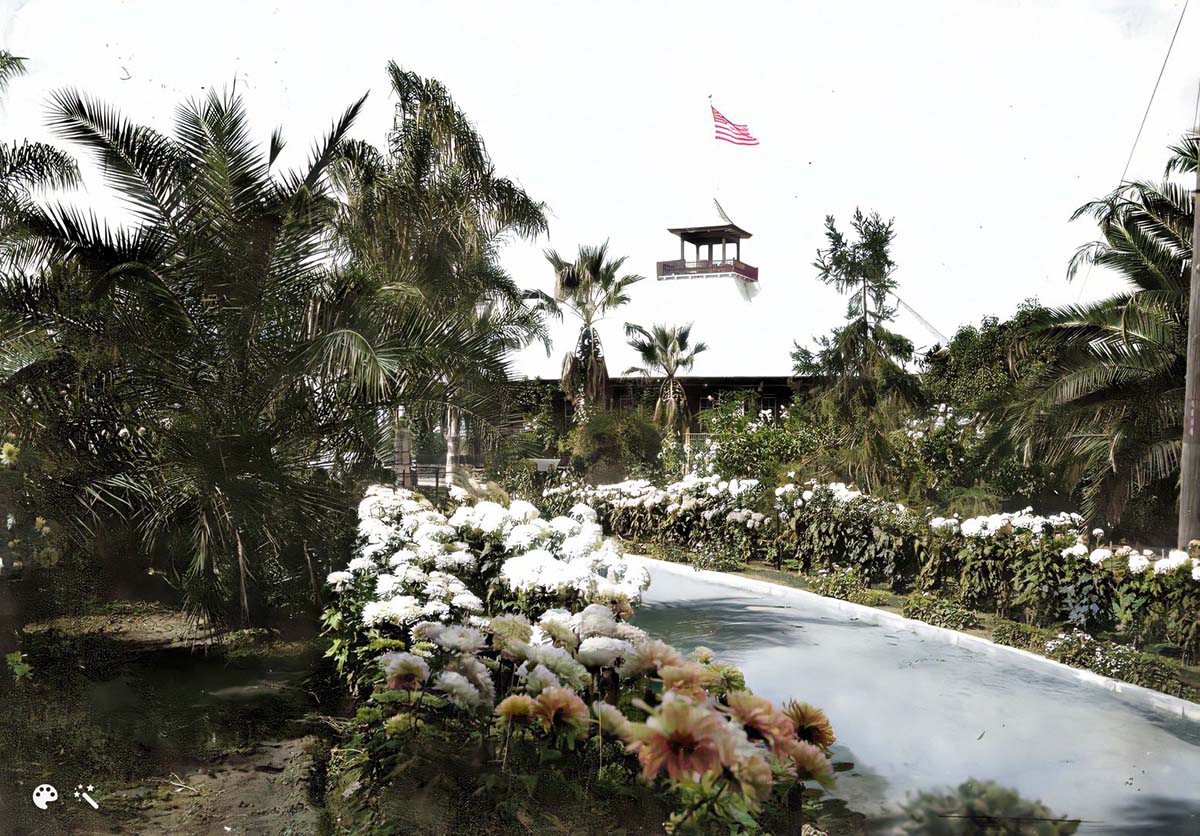
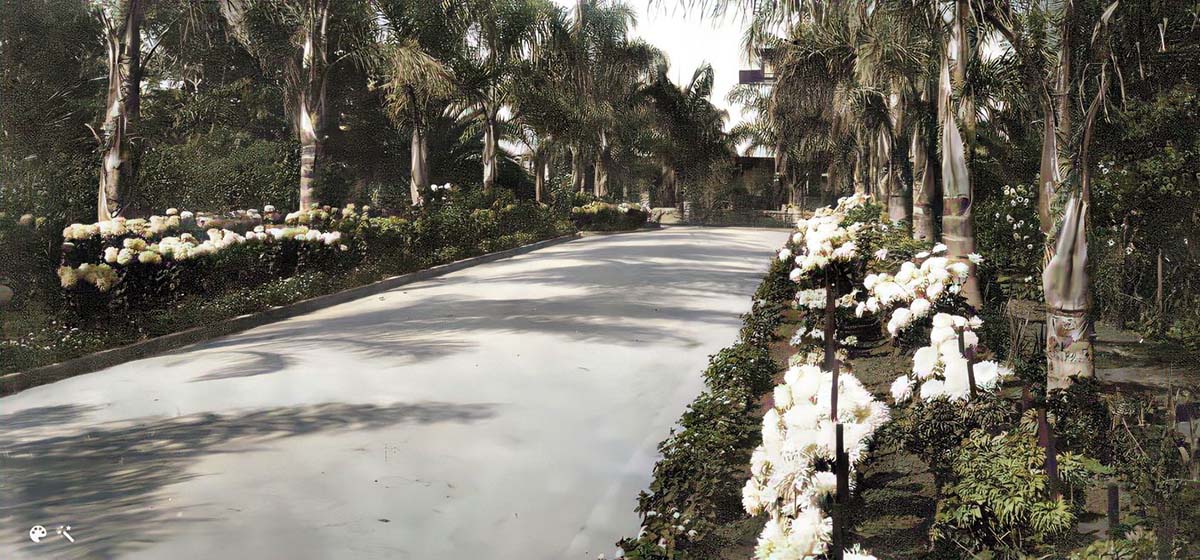
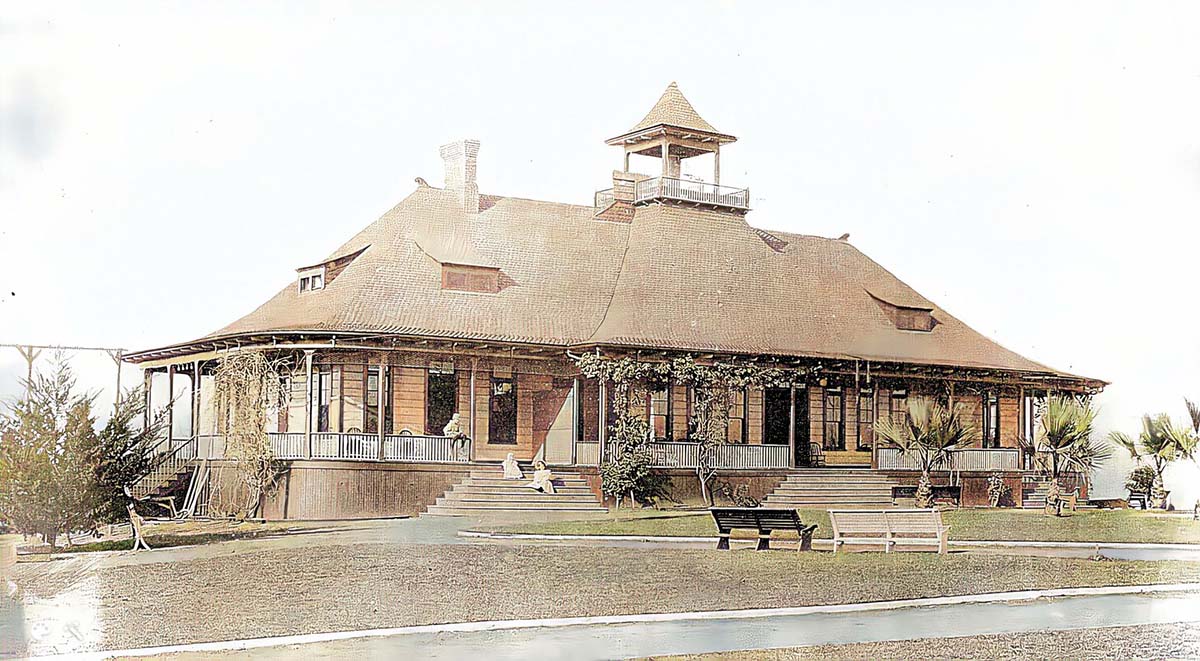
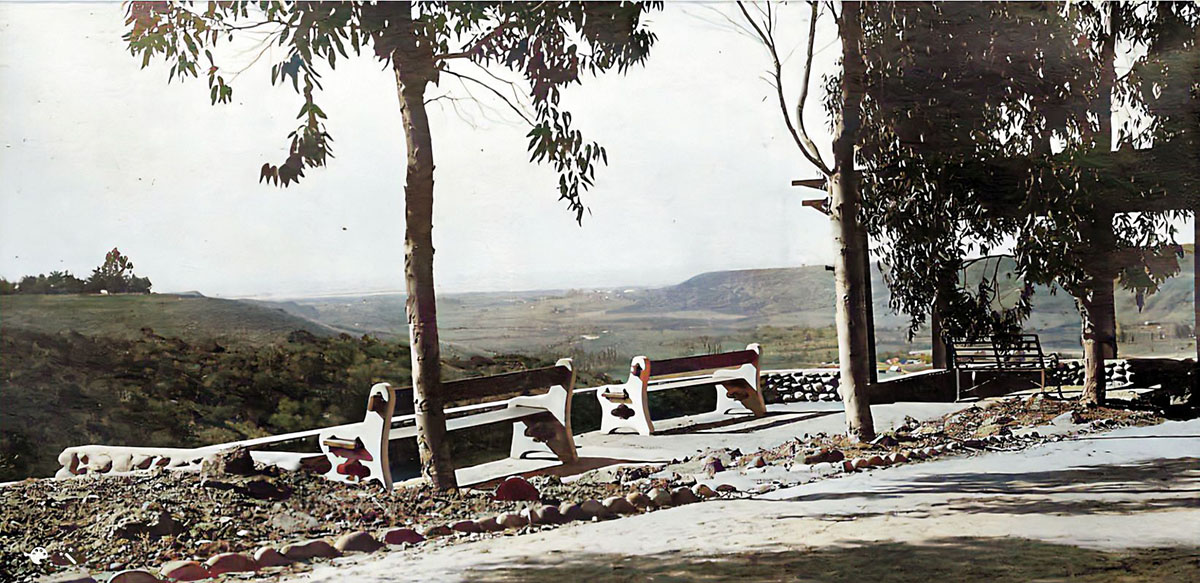
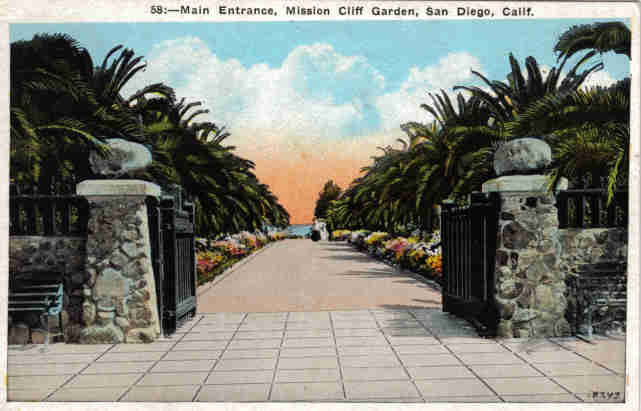
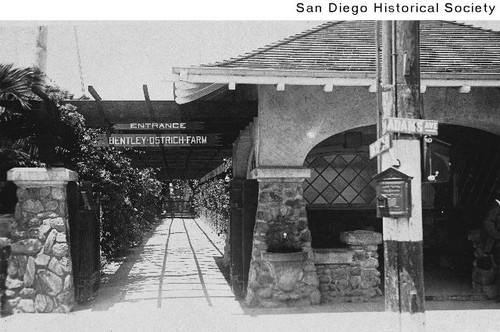

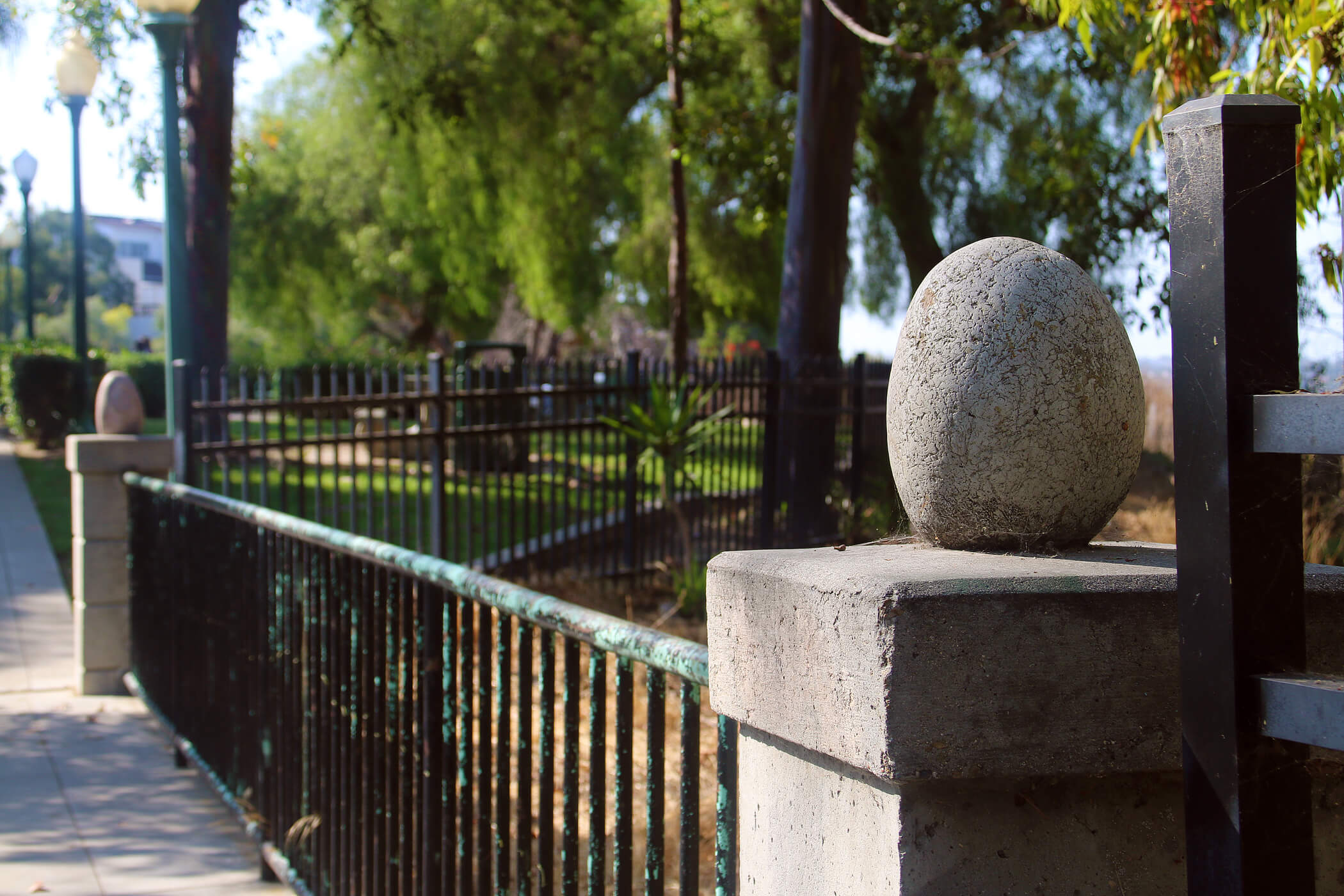
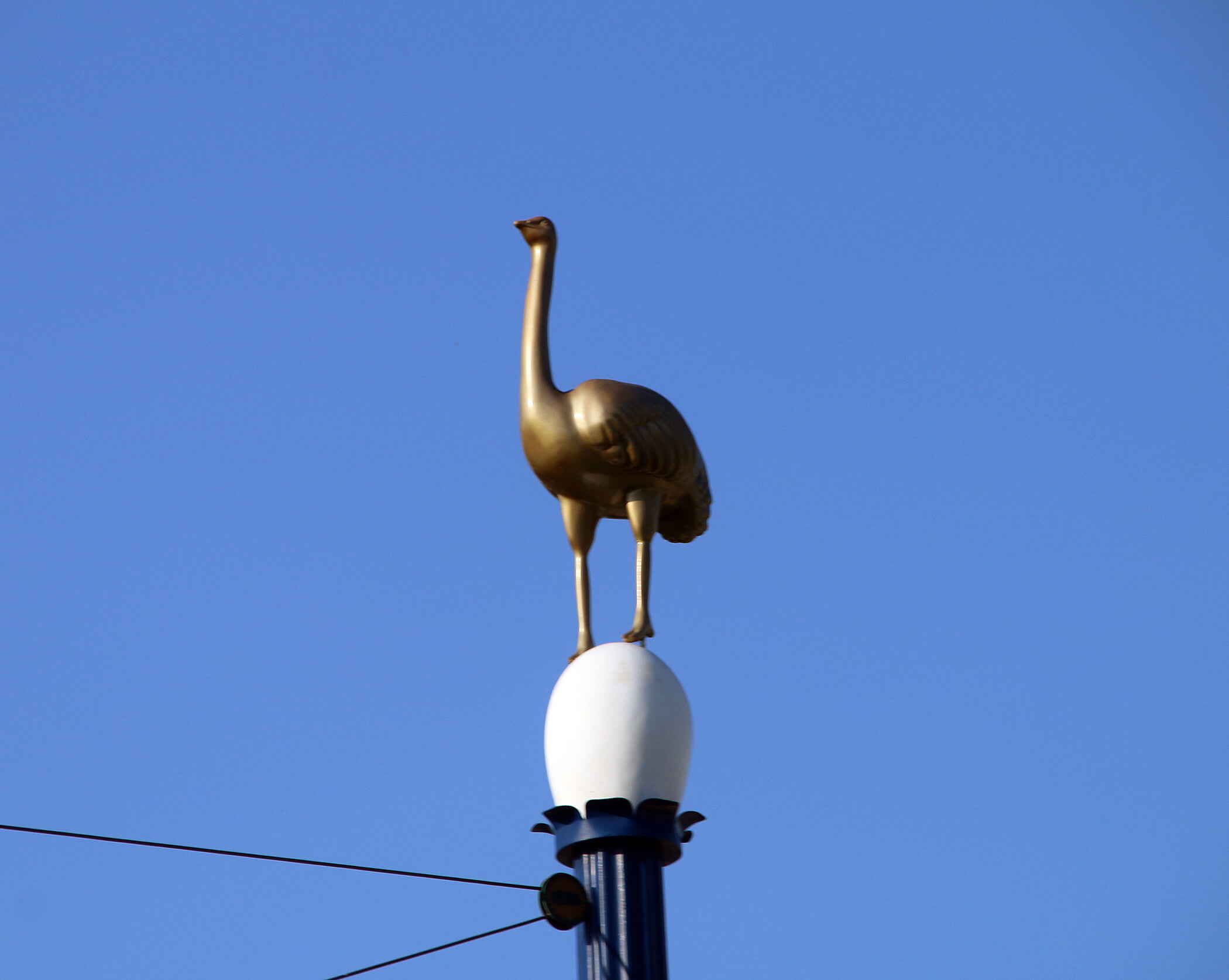
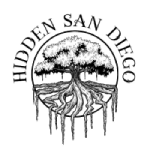
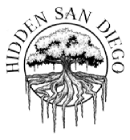


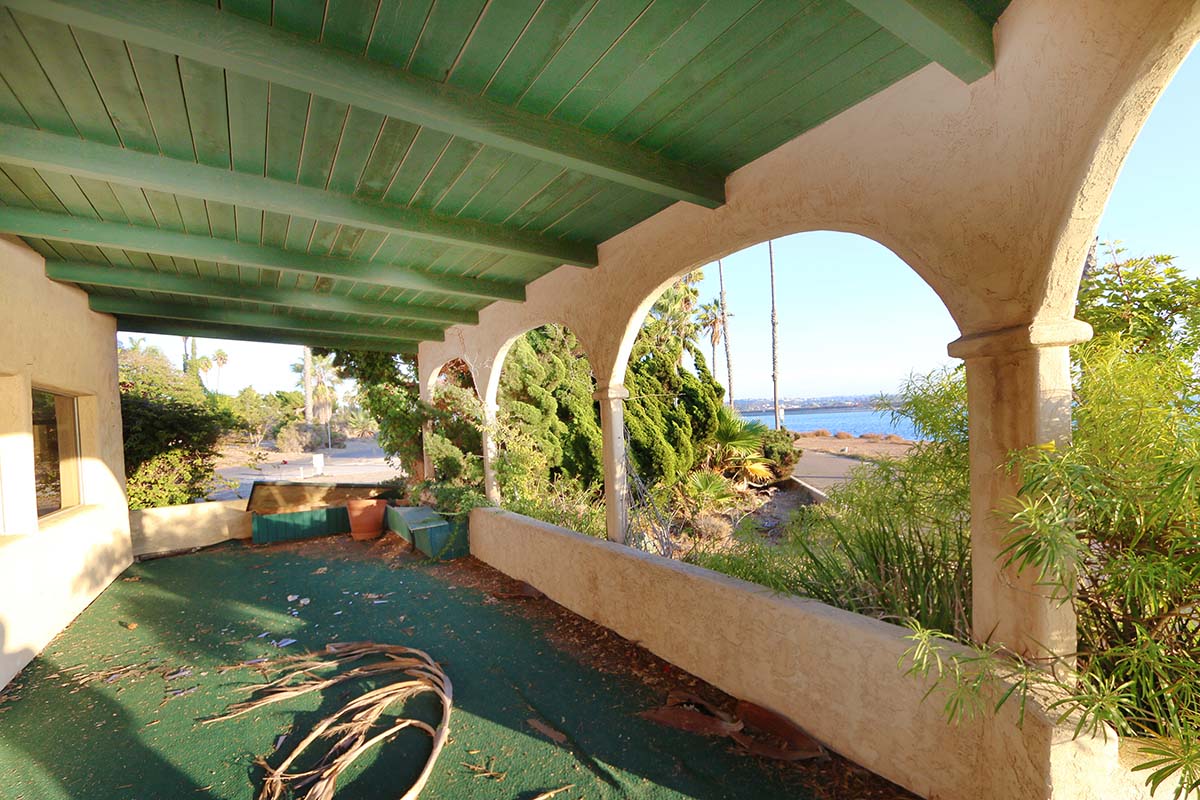

Anonymous
The Davidson referred to was John Davidson, a native of Scotland who cared for the gardens. I read that he designed, and helped build, the stone wall that can still be seen running along the north side of Adams Avenue.